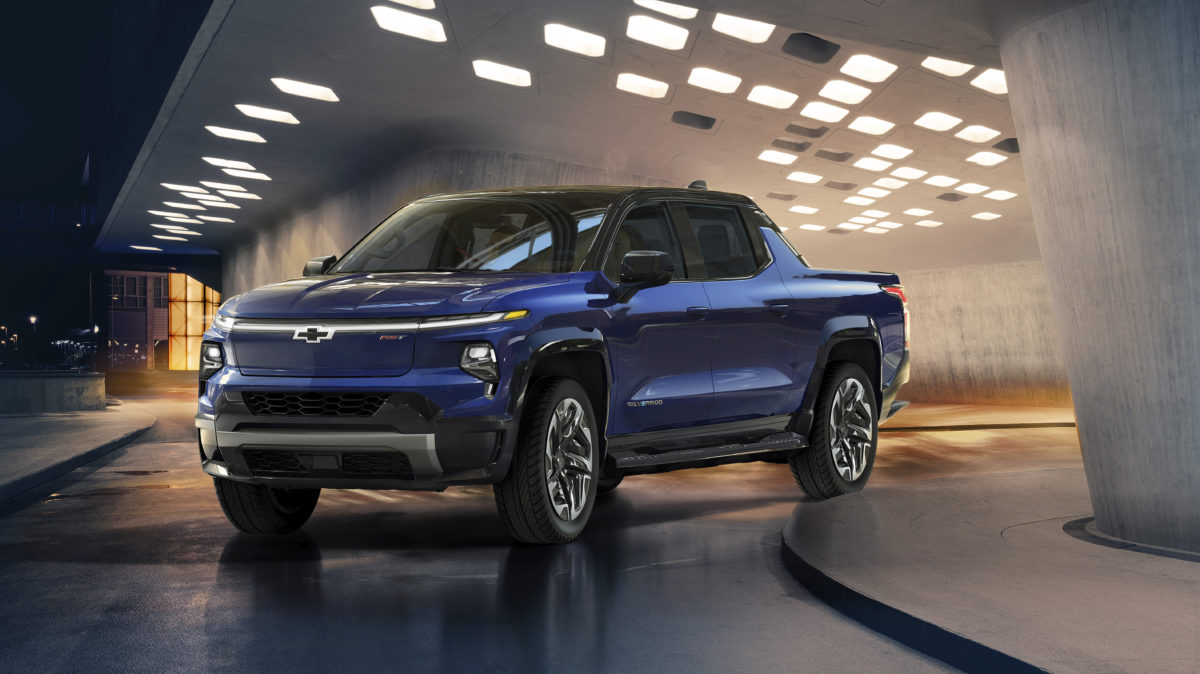General Motors announced this week that it will conduct a pilot test in collaboration with the Pacific Gas and Electric Company (PG&E) to use battery-electric vehicles as backup power sources. The test will take place in homes located within PG&E’s service area. GM will use test vehicles equipped with bi-directional charging technology, allowing them to safely power the essential needs of a properly equipped home. This feature will add value to the vehicle by giving you a backup source of power in case the grid goes down.
“We are really excited about this innovative collaboration with GM. Imagine a future where everyone is driving an electric vehicle — and where that EV serves as a backup power option at home and more broadly as a resource for the grid,” said Patti Poppe, CEO of PG&E Corporation. Not only is this a huge advancement for electric reliability and climate resiliency, it’s yet another advantage of clean-powered EVs, which are so important in our collective battle against climate change.”
By the end of 2025, General Motors will have a BEV capacity of over one million units in North America as it responds to growing demand. These vehicles will be underpinned by the Ultium suite, which includes a dedicated BEV platform and electric motors. This can be scaled for different vehicles to meet the wide variety of needs of each consumer. Mary Barra, Chair and CEO of General Motors noted that the collaboration with PG&E is an expansion of the company’s electrification strategy and to demonstrate that their BEVs are reliable mobile power sources.
GM and PG&E aim to start testing the first vehicle-to-home capable BEV and charger this summer using multiple vehicles. The pilot includes the use of bi-directional hardware alongside software-defined communications protocols that enables power to flow from a charged BEV to a home. The vehicles will automatically coordinate with the property and PG&E’s electric supply. Once lab testing finishes, GM and PG&E plan to test vehicle-to-home interconnection. This will allow a small subset of homes to safely receive power from a BEV when the grid is cut off. Eventually, the pilot will help both companies create a user-friendly vehicle-to-home customer experience and already intends to scale the pilot to larger customer trials by the end of 2022.
Bi-directional charging will be a key feature for BEVs because it’ll make them more than transportation. This essentially gives you a mobile generator to run everything from appliances to a home. General Motors is the latest automaker to tout this technology as an important component as the auto industry moves toward electrification. Ford has highlighted it as a selling point in its upcoming BEVs, particularly the F-150 Lightning. It’s already pushing the feature on F-150 Hybrid; heck, we proved you can use one to charge a Tesla Model 3, albeit slowly. Hyundai Motor Group has also pushed this feature on the Hyundai Ioniq 5, Kia EV6, and Genesis GV60.
For General Motors, bi-directional charging will likely help it attract more commercial customers for vehicles like the BrightDrop EV 600 and the upcoming Chevrolet Silverado EV. The latter will be available as a work truck, meaning customers will be able to use it as an additional power source at job sites.
